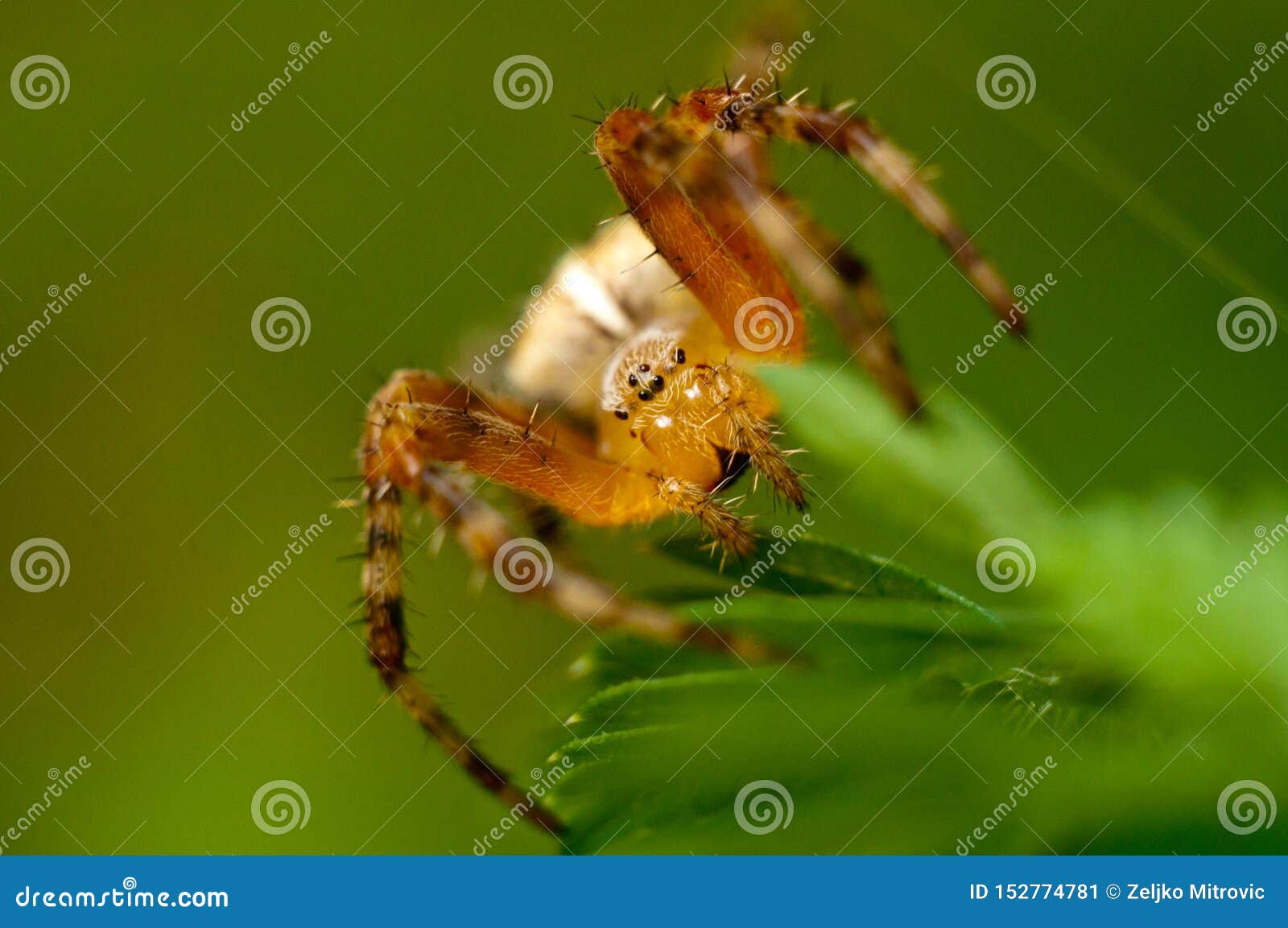
Once that venom takes effect, the snake calms down. “Often a tarantula tries to catch the snake by the head and will hold on in spite of all efforts of the snake to shake him off,” Nyffeler says. Tarantulas actively hunt their prey, then use powerful jaws to deliver a potent venom ( SN: 2/28/19). Not all snake-eating spiders trap the serpents with webs. However, making a meal of green snakes may be a risky choice - these serpents often eat arachnids, including orb weaver spiders, the researchers say. A golden silk orb weaver in Florida caught a 1-meter-long green snake, the longest in the study. Tidier orb weaver spiders don’t do too shabbily either ( SN: 8/3/20). Relatively small, these spiders can catch snakes 10 to 30 times their size, Nyffeler says. Tangle web spiders, a group that includes North American widow spiders and redbacks, are the most successful snake slayers, Nyffeler and Gibbons found. “I was kind of surprised at the types of snakes that were described because some of them are pretty big, pretty strong,” Burns says. Some, including coral snakes, rattlers, palm-pitvipers and lanceheads, are highly venomous. Snakes that the spiders ate came from seven families. I don’t think anybody did,” says evolutionary biologist Mercedes Burns of the University of Maryland, Baltimore County, who was not involved in the research. Most reports came from Australia and the United States, but these spiders live on every continent except Antarctica. In all, the team analyzed 319 accounts from all over the world. Nyffeler and Gibbons, of the University of Georgia in Athens, searched for reports of snake-eating spiders in all sorts of places - from research journals and magazine articles to social media and YouTube videos. In Georgia, this brown widow spider ( Latrodectus geometricus) snared a scarlet snake ( Cemophora coccinea). At least 11 different families of spiders feed on snakes, Nyffeler and herpetologist Whit Gibbons report May 11 in The Journal of Arachnology. “ very fascinating and a little frightening!”īut redbacks are far from the only spiders with an appetite for snake. “I find it cool that tiny Australian redback spiders can kill brown snakes,” says spider biologist Martin Nyffeler of the University of Basel in Switzerland. A snake that gets trapped in a redback’s web - a messy tangle of long, sticky silk threads that dangle to the ground - is quickly set upon by the spider, which subdues the struggling victim with more sticky silk before delivering a toxic bite that eventually kills the snake. But she can take down relatively big prey such as juvenile eastern brown snakes, which are among the most venomous serpents in the world. Not including legs, a female of this species of spider is only about the size of an M&M candy.

But some arachnids have more adventurous tastes - they can eat snakes up to 30 times their size. Dogs resist redback venom, but cats, guinea pigs, camels, and horses are susceptible and benefit from the antivenom.A spider’s typical dinner menu might include insects, worms or even small lizards and frogs ( SN: 2/3/21). However, children, pregnant women, and elderly people may seek medical attention. Redback spider bites are not considered a medical emergency for healthy adults.

The bites rarely result in infection, seizure, respiratory failure, or pulmonary edema and never cause tissue necrosis. Symptoms appear between an hour to 24 hours and include pain, swelling, and redness from the bite site. When venom is used, a syndrome called latrodectism occurs. Juvenile and adult females can deliver either dry bites or venom.

While males bite, they don't cause significant symptoms. Antivenom isn't actually more helpful than a standard analgesic for most human bites, but is effective for pet and livestock bites. However, only one human death has been reported since an antivenom became available in 1956. Redback spiders bite between 2,000 and 10,000 people in Australia annually.


 0 kommentar(er)
0 kommentar(er)
